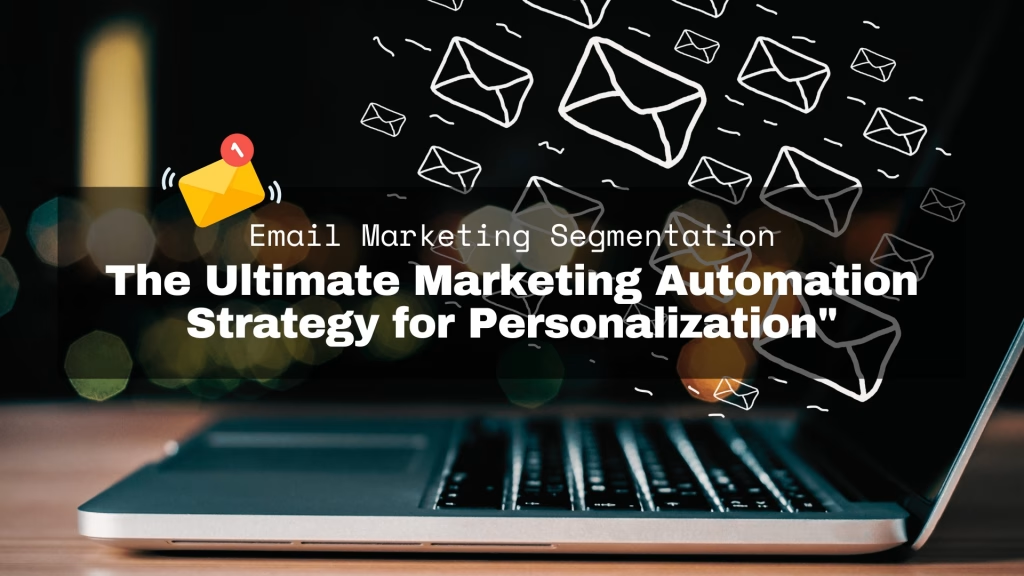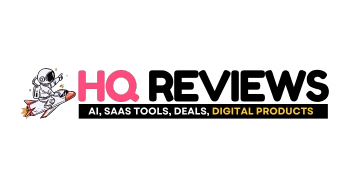Why Segmentation is Crucial in Email Marketing: A 2024 Marketing Automation Guide
Why is segmentation important in email marketing?
Segmentation in email marketing is more crucial than ever in today’s fast-paced digital world. As we move into 2024, businesses are turning to advanced marketing tools to improve their communication. But what exactly is marketing automation, and how can it help target audiences better?
Segmentation is at the heart of this change, helping businesses create personalized experiences that connect with their subscribers. By understanding what different customer groups need and want, companies can build stronger relationships. This leads to better engagement, higher conversion rates, and growth. Let’s explore why segmentation is essential for email marketing strategies now and in the future.
Understanding the Role of Segmentation in Marketing Automation
Segmentation is key in marketing automation, helping businesses tailor their efforts to specific groups. By dividing a large customer base into smaller segments, companies can create campaigns that speak directly to each group. This makes messages more relevant and boosts engagement and conversion rates.

In today’s world, where people are flooded with generic ads, personalized messages stand out. Segmentation lets businesses use data to refine their outreach. Advanced analytics help create detailed profiles for each segment, leading to more effective email campaigns and ads.
Segmentation also makes it easier to test and improve campaigns. By analyzing how different segments respond, businesses can fine-tune their strategies. This process, supported by marketing automation tools, helps optimize future campaigns and increase ROI. It also enables dynamic content delivery, adjusting messages in real-time based on user actions.
In short, using segmentation in marketing automation can greatly improve marketing efforts. By targeting specific audience segments, businesses can build stronger connections with their customers. This approach boosts engagement and sales, making segmentation a critical part of any successful marketing strategy. As digital marketing evolves, companies that focus on segmentation will have a clear advantage.
Segmenting Your Email List: Best Practices for Success
Segmenting your email list is vital for better marketing and stronger audience relationships. By categorizing subscribers based on demographics, purchase history, and engagement, you can offer more personalized content. Marketing automation excels here, automating the segmentation process for precise targeting.
Effective segmentation uses data from your subscribers. Consider their location, interests, past purchases, and email interactions. For example, segmenting by past purchases can lead to targeted promotions, boosting open and click-through rates and conversion rates.
Read Also: Product Events Marketing Automation
Another strategy is to re-engage inactive subscribers. Marketing automation tools can help set up workflows for users who haven’t interacted with your emails. Personalized messages with special offers can encourage them to come back, improving your email list’s health.
Finally, always analyze and refine your segmentation based on performance metrics. A/B testing can show which content and offers work best for different segments. By tracking engagement and conversions, you can adjust your strategies to keep your campaigns effective and relevant.
Leveraging Customer Segmentation to Enhance Engagement
In today’s business world, knowing and connecting with customers is key. Customer segmentation helps by dividing customers into groups based on shared traits. This way, businesses can make marketing that really speaks to each group, leading to better interactions and higher engagement.
With marketing automation tools, companies can easily gather and analyze customer data. This lets them create personalized campaigns that meet each segment’s needs. This approach makes marketing more effective and engaging for customers.
Segmented data helps businesses send messages that grab attention and boost engagement. For example, a retail brand might use purchase history to send special offers. Marketing automation makes sure these messages reach the right people at the right time. This makes customers feel valued and builds loyalty.
Segmentation also helps in creating better content marketing. By knowing what each group likes, brands can make content that really speaks to them. This content is more likely to be shared, reaching more people. Marketing automation makes it easy to send this content to the right groups, making it more impactful.
In conclusion, using customer segmentation with marketing automation changes how businesses talk to customers. It lets companies send messages that really connect with people, improving engagement and results. As technology keeps improving, those who use these strategies will have a big advantage in building strong customer relationships and growing their business.
You can refer to: Hub Spot Segmentation Guide
Personalization and Segmentation: A Winning Combination
In 2024, marketing is changing fast, making personalization and segmentation more important. Artificial intelligence and machine learning in marketing tools are key. They help find patterns in data, letting brands tailor their marketing with precision.
Real-time data analytics for dynamic segmentation is another big trend. It lets marketers adjust their segments based on current trends and interactions. With data from all platforms, companies can quickly adapt their campaigns to fit changing customer behavior.
Hyper-segmentation is also becoming popular, diving deep into psychographics and behavior. This means understanding customers’ motivations and values. Marketing tools that use these insights can create campaigns that really speak to individual needs, building stronger connections and loyalty.
Using advanced technologies in segmentation is a big change in customer engagement. Marketing automation, AI, and real-time analytics help create personalized experiences. This attracts and keeps customers, helping brands stay ahead in a competitive market.
Tips for Implementing Segmentation in Your Marketing Automation
In 2024, successful marketing automation needs hyper-personalized segmentation. Use AI to create dynamic segments that change in real-time. Mix data from different sources, like behavior and demographics. Use machine learning to keep refining segments based on customer actions.
Collect zero-party data, where customers share their preferences. Use micro-segmentation to focus on specific customer stages and intent signals. Make sure to collect data in a way that respects privacy and is transparent about how it’s used.
Segmentation Trends to Watch in the Ever-Evolving Email Marketing Landscape
The 2024 email marketing scene is changing fast. New trends include AI for predicting customer actions and emotional intelligence for better communication. Also, segments focused on sustainability and ethical buying are growing.
Hybrid models mix old data with new analytics for better customer profiles. Blockchain will make data checking more open and accurate, improving personalization.
Optimizing Marketing Automation with Strategic Segmentation
In 2024, marketing automation needs smart segmentation. Use real-time data like location and device to understand customers better. Create segments that change as customers move through their journey.
Combine data from different channels for a complete picture of customers. Use scores to predict who will engage most with your content. Make segmentation easy to change and test new ideas.
Enhancing Customer Relationships Through Segmented Email Campaigns
Building strong customer relationships means being personal and empathetic. In 2024, email campaigns will focus on understanding customers’ hopes, challenges, and life stages. Use AI to make messages feel human and meaningful.
Target customers at the right time with messages that fit their current needs. Let customers control their data and preferences. This builds trust and keeps them engaged.
